John Simister: Classic car lifestyle – the French might do it best
 John Simister
John Simister
The south of France in late June. Searing heat, with enough ultra-violet in the sun's rays to tan you in an instant, turn the plastic trim of any early-Noughties French runaround to grey powder and give its plastic headlight lenses cararacts. How could classics survive in this solar onslaught?
Perhaps by adopting the decayed rat-look. On the way south in our air-conditioned modern (a betrayal, I know, sorry) we encountered an extremely patinated 1920s open Renault in flat black, casually parked in the village square until its owner returned with the morning's baguette haul. It looked like an escapee from one of those dusty French car museums that occasionally pop up around the corner to delight the traveller, but it was fully functional and obviously enjoyed.
Once at our destination in Gabian in the Languedoc, staying at the house of some friends with a rear door from a 1930s Citroën Rosalie hung on the wall in the yard (they found it in the remise behind, where once wine was made), we discovered that the Château Cassan 2km up the road towards Roujan was the base for a weekend classic-car tour. Participants in La 3ème édition du Circuit des Coteaux Languedociens were to gather at the château on the Saturday morning for a picnic and gentle socialising, before setting off on a tour of local wine producers in small groups of cars.
I've done classic cars tours like this in France before. I remember one in 1982 in the Loire valley, which involved lunches set out in village squares, meeting the mayor, having a police escort towards the end of the day because everyone knew the participants had greatly appreciated the vintages proffered. Things were a little different back then.
This one was set to start at 2.30pm, returning for a grand dinner then resuming on the Sunday. This meant that for two days we'd be encountering classic cars in the backroads thereabouts, cars sun-kissed rather than sun-dried. So, on the Saturday morning we went to see what had gathered.
Among the early arrivals were modern sports cars also allowed to take part: a new Mustang here, a Corvette there, a Lamborghini or two, a Ferrari or three. Not really in the spirit, we thought. Then a big black Citroën Traction arrived, followed by a 1954 Salmson 2300S with a Chapron coupé body. It had right-hand drive in Grand Routier fashion (as did that black Renault) and was owned by a French-domiciled British couple who were about to sell it to a buyer in Japan – 'We had no interest from French buyers' – so they could devote more time to their 1936 Salmson.
That lack of French interest is surprising, given the handsome coupé's obvious Tour Auto eligibility. Salmson was an intriguing marque, with British as well as French operations, and the cars typically used Cotal pre-selector gearboxes. I well remember driving a pre-war Salmson, and discovering that you could go as fast in reverse as you could forwards because all the gears were operational in both directional modes.
By 11.00 the château's courtyard was filling nicely. All the convertible tops were down, sun hats and Factor 50 were de rigueur, and French automotive delights were abundant. Such as? In an earlier column I wrote of the Panhard PL17 and its 24CT coupé derivative, both slippery of body and tiny of engine (an air-cooled flat twin), and one of each was at Cassan. A Peugeot 203 Cabriolet sat next to a late Citroën DS, opposite Alpines A110 and A310.
Old Mustangs and Corvettes joined the new ones, British sports cars were represented by an E-type, a bright yellow Austin-Healey 3000, various Triumphs and MGs and a phalanx of Morgans. In the château's front garden lurked an orange, rally-prepared NSU 1200TT. A beautifully restored Mercedes-Benz 230SL 'Pagoda' from 1967 was displaying its very shiny engine, freshly rebuilt by a specialist in Alsace.
And what were these? A pre-war Berliet saloon in pale blue? A pretty Simca Aronde Weekend cabriolet? You certainly don't get to see those at a British classic car show. And then, as we left, we spotted in the adjacent car park an immaculate Renault 16 – squashy seats, soft suspension, properly old-school French – and a patinated machine called a Pembleton, clearly inspired by a pre-war, barrel-tailed Morgan 3-wheeler but with four wheels and a 2CV engine.

We'd see several of these cars again during the afternoon, as they toured the backroads. Then, the following morning, as we set off northwards and back home through the hills, we came across another classic-car gathering in Hérépian. This one was devoted to customised Volkswagens of a genre which has managed to stay hip for nearly half a century. Clearly, the French enjoy their old cars as much as we do.
I arrived home full of a revived enthusiasm for automotive Frenchness. Which is why I have lodged in my head a desire for a very early Citroën Xantia from 1993 or 1994, styled particularly handsomely by Bertone and featuring a wonderfully smooth ride. The earliness is important because only the first cars sunk onto their bump-stops in proper oleopneumatic Citroën fashion when the engine wasn't running and had the super-clean front end with the double chevrons on the bonnet. The Xantia was also the last Citroën to have the original layout of hydraulics to power suspension, brakes and steering, fed by LHM fluid.
It's a historically significant car, honestly, but they are still very cheap and they're disappearing fast. Should I buy one, on the basis of you don't know what you've got till it's gone? You probably think I'm daft. You're probably right.
John simister
classic cars























